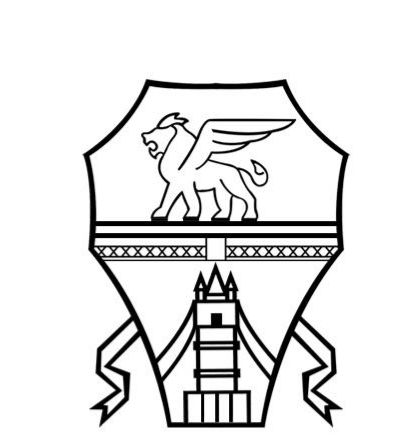In this article we will see how to increase the speed of your website , understanding what affects it and what precautions you need to take in order to improve the user experience .
This translates into longer browsing sessions, a consequent increase in the possibility of contact with your reality and a probable growth of your business in the medium-long term.
Before you begin: beware of the cache!
Your site seems to respond well, it loads pages in seconds, so you don’t see the need to take action to improve its performance. But is it the same for a new visitor?
This is where the cache comes into play , a system that allows you to download website files locally at first access, making them available for subsequent sessions. That way they won’t have to be regenerated every time and the site itself will load faster .
On the contrary, it will not be the case for a new visitor , who will not already have the cache available on his device, but will have to wait for the site to load in full. The wait can make the user impatient, who could be a potential customer of yours, who could decide to leave the session, losing, probably forever, the possibility of contact.
The advice we give you is to access the site from multiple browsers, or make an incognito session to see how long it takes for your site to load. Consider that already 5 seconds of loading can be a lot , after 10 it is too many!
If you want to do an in-depth analysis, enter your domain name on Pingdom , so you can view, in addition to the average page load time, multiple performance indicators. The loading speed of each single page can also be monitored from the Google Analytics dashboard , accessible to webmasters. The Mountain View company, through the pagespeed insight tool , will also provide you with advice and guides on how to optimize the loading of individual pages.
The importance of the hosting service
Let’s take a step back now. Before understanding how to optimize your application, it is necessary to analyze what is at the base. If the latter is not solid, the whole structure collapses. In this case, rather than collapse, we are talking about instability and poor performance that affect the entire project, pushing away the achievement of the set goal.
In the ideal pyramid the website is in the middle and will work correctly, in terms of stability and performance, only if it is supported by a good foundation. The hosting service is at the very base of the pyramid: you need to choose the right one, and then invest serenely in the application or in marketing actions, which are located on a higher level.
But keep in mind that, in most cases, there will never be a service that is 100% suitable for a project, an ideal, at most we can talk about a trend. For example, shared web hosting can usually suffice for blogs , but if it starts to grow and generate many queries, visits, or has heavy plugins installed, you need to switch to a dedicated plan. As for e-commerce, dedicated solutions are recommended, which can go from a small Cloud server to a highly performing Dedicated server .
We therefore understand that the choice of the suitable hosting plan always depends on the type of application to be managed , examining the characteristics it must have and estimating the traffic it will generate.
Optimize your website
On the other hand, you can also have a great hosting service, but if your website is poorly managed you will still encounter speed problems. This is because the application is not optimized.
First of all, if your site is created using a CMS (eg WordPress, Joomla or PrestaShop), it must always be updated . Remember to update the theme too , bearing in mind that if you have chosen a free one you will not get the same performance as a paid professional one.
Install only the plugins you need and delete the unused ones . It also updates periodically, to be able to count on new features , improve performance and have more security.
Implement web caching management . As we have seen previously, the cache allows repeat visitors to load the site faster, so it is important to organize it in the best way.
Do not upload images that are too heavy . Browsing occurs mainly from mobile and devices do not always receive enough signal to load web pages quickly, which is why they need to be as lightweight as possible. Also consider the fact that a 5-inch screen will never support high definition content. You can then resize the images directly to the backend , with graphic software or with the classic Paint, so that they take up less than 1MB of space.
Finally, we advise you to optimize the database , by periodically cleaning the accumulated unnecessary files and lightening your site even more.




